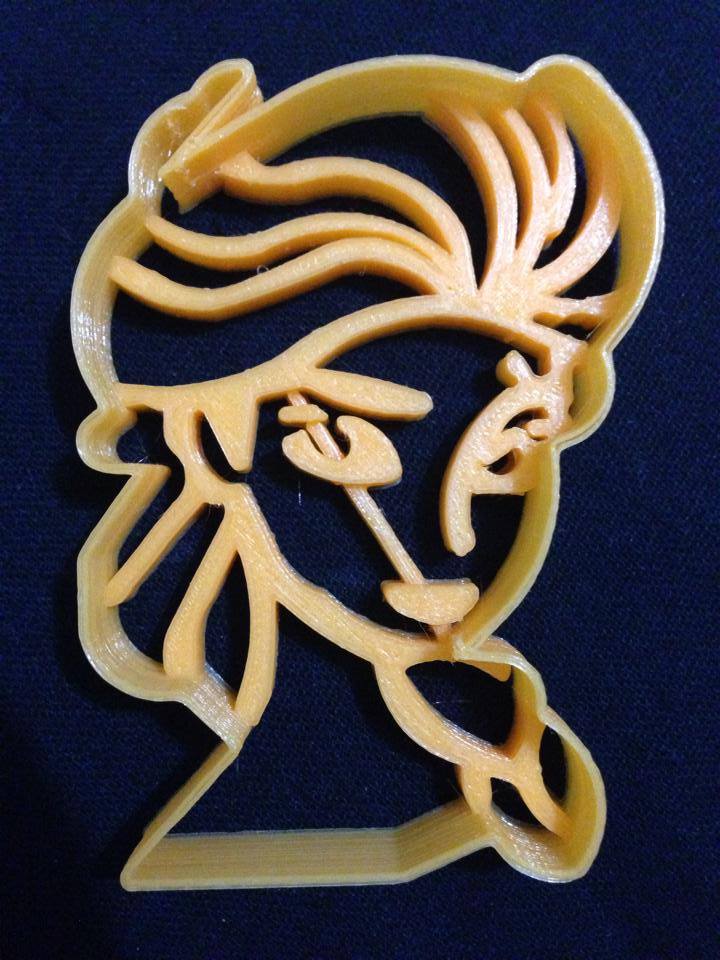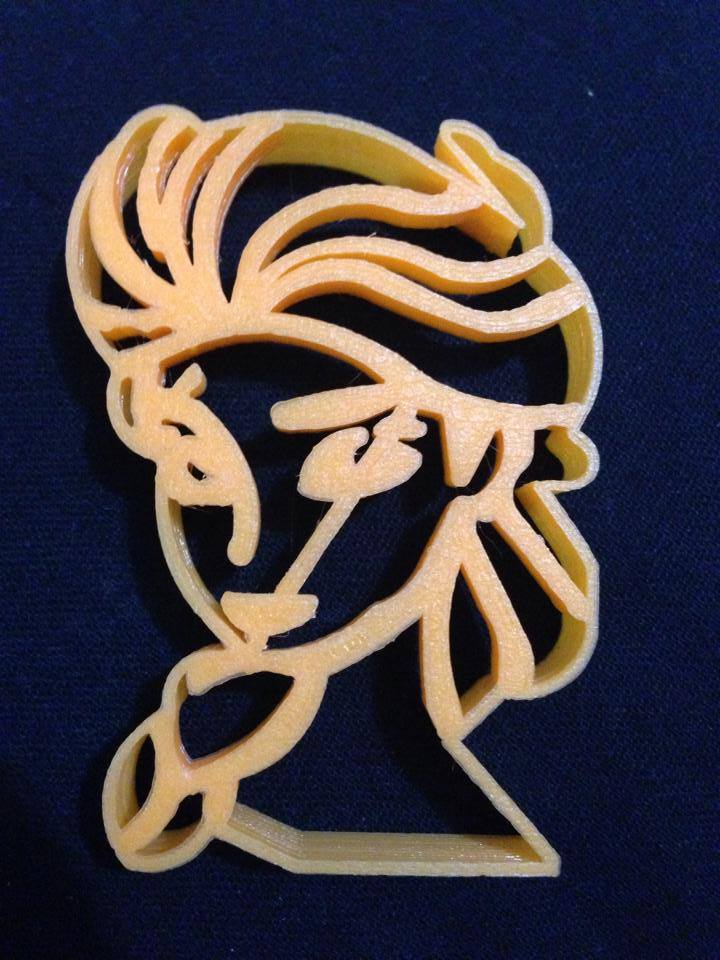Nonsolid object becoming solid when exported to Cura
-
Wonderful! Thank you so much, TIG.

I'm relatively new at SketchUp. Kindly pardon me for the naive questions:
-> How can I determine that the faces are reversed or not?
-> How do I make sure that the model only contains edges and faces and that each edge has exactly two faces?Thanks again, TIG.

-
@autumnalblues said:
Wonderful! Thank you so much, TIG.

I'm relatively new at SketchUp. Kindly pardon me for the naive questions:
-> How can I determine that the faces are reversed or not?
-> How do I make sure that the model only contains edges and faces and that each edge has exactly two faces?Thanks again, TIG.

The Style sets front and back face colors.
I reset your back face to a bright-blue so it was unlike the off-white front color.
If you have applied materials view in Monochrome mode to see just front/back.
If you see blue that's the back.
Select it and context-menu > 'Reverse...'
If the object is a manifold-solid 'Orient...' will reset all faces to match the selected one [so in that case choose a correctly oriented face first...]To ensure 'solidity'.
First off delete anything that is not part of the model like 'Sophie'.
Use the Model Info > Statistics > Purge Unused to tidy up too.
To see if the model is a solid, you can group the geometry and its Entity Info says either 'Solid Group' or 'Group'...
Explode the Group before exporting geometry.Thomthom's 'Sold Inspector' tool [Tip: also remember to also install its needed 'Lib'] will show you what is wrong with a non-solid.
Use the native section-plane tool within the group to cut planes to see what is inside - e.g. 'partitions' - also the native Xray mode lets you see inside and then erase edges etc.
Thomthoms' 'CleanUp' tool also removes loose/coplanar edges - en mass...
My 'SolidSolver' will also [try to] clean up a non-solid - if it can - BUT it is possible to make a form that can only be fixed by eye/hand...
-
Looks like TIG has your question sorted

Also note that you'll want to add some geometry connecting the free-floating eye and mouth parts, or else you'll end up with 3 separate pieces after printing - unless that is what you intended

-
Marcus is of course correct - unless you intend your model to be made out of pieces - make sure all geometry is linked into a single form.
Any links will also need to follow the rule about 'partitions' where they abut the main geometry at their ends...
A 'solid' can still have 'discrete parts', and that don't affect its 'solidity'; BUT depending on the material used some printers will charge extra for it effectively being several separate objects in one file... -
Thanks for all the tips, guys!
 Yes, I'll add some geometry connecting the free-floating eye and mouth.
Yes, I'll add some geometry connecting the free-floating eye and mouth. 
-
Great, and please post photos of the finished print and cookies once you make them!

-
I most definitely will.

-
Here is the finished cookie cutter, guys.
 Can't wait to try this on fondant and make sugar cookies!
Can't wait to try this on fondant and make sugar cookies! 


-
Nice result!
-
Looking good!
-
Hello again, guys!

I'm making an Anna cookie cutter this time around.
 For the life of me, I can't figure out what's wrong with the model. I still have a lot to learn on Sketchup, indeed.
For the life of me, I can't figure out what's wrong with the model. I still have a lot to learn on Sketchup, indeed.  The neck becomes solid when I export it to Cura.
The neck becomes solid when I export it to Cura.  Kindly check attached files.
Kindly check attached files.Would anyone be able to point out what's wrong with the model?
Thank you.

-
To check if any model is a solid you need select all of the relevant geometry and make it into Component [or Group].
Its "Entity Info" will not include the word 'Solid' in its header if it is not a solid.
Sadly it is not a solid.
It is racked with internal partition faces.
Use thomthom's Solid-Inspector to see the many issues.
My SolidSolver cannot fix it as the issues are two convoluted...
To fix it, edit it cut a section-plane looking down so you can see inside it.
Erase any internal facets and faceless edges [select+<del> key].
Remember that a solid object can only contain faces and edges, and every edge must have two faces - no fewer and no more !
Internal partition faces mean there will be edges with only one or more likely three or more faces.
There are some faceless edges, and you have a part meeting at a point - meaning that edge has four faces !
A little remodeling is needed
-
Thanks TIG.
 I really appreciate the help.
I really appreciate the help.  I most definitely need to remodel Anna.
I most definitely need to remodel Anna.  Just a small favor: can you take a screenshot of the part that has four faces?
Just a small favor: can you take a screenshot of the part that has four faces? 
-
See this...
-
Fantastic! Thanks a lot, TIG.

Advertisement







